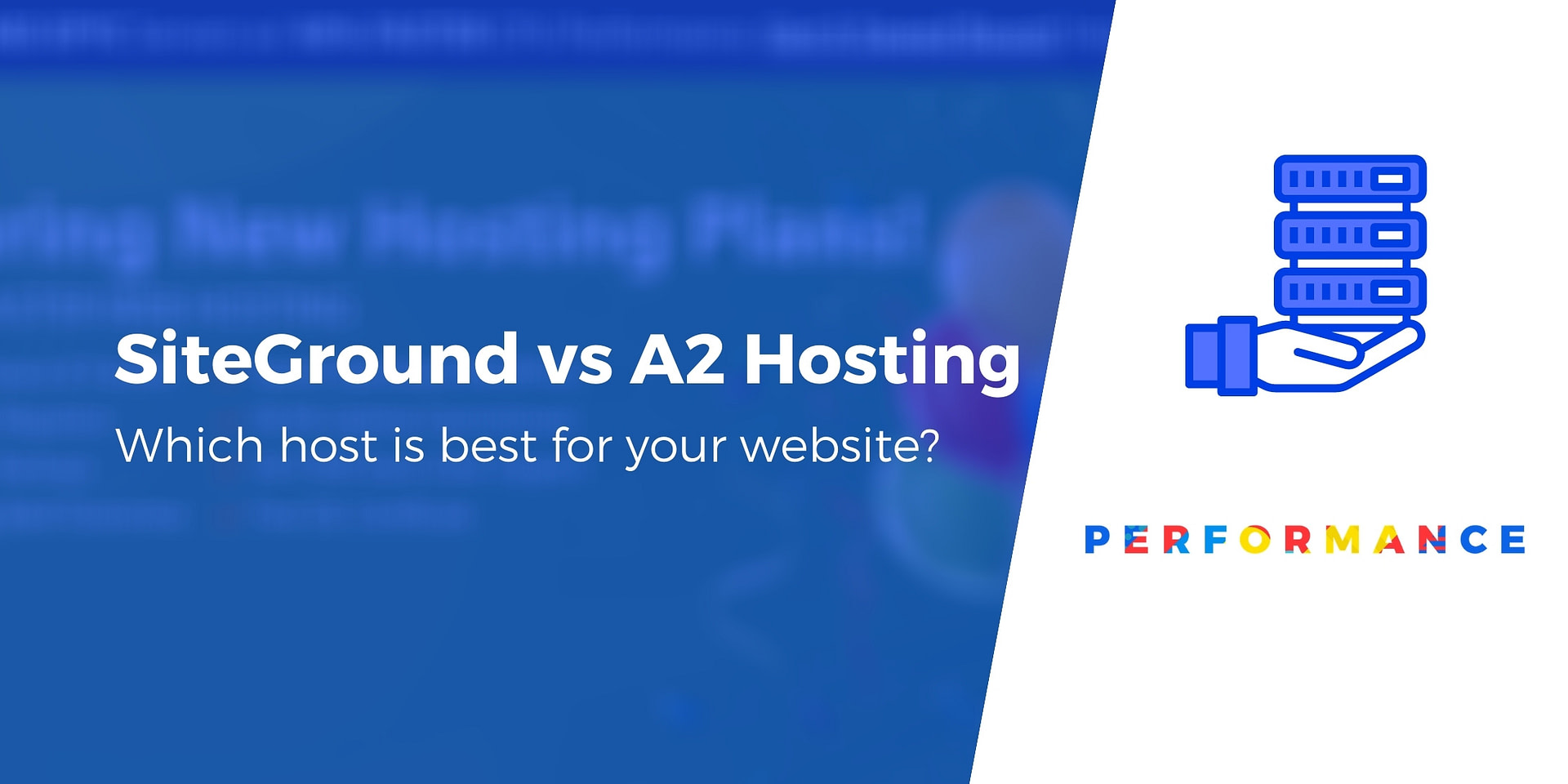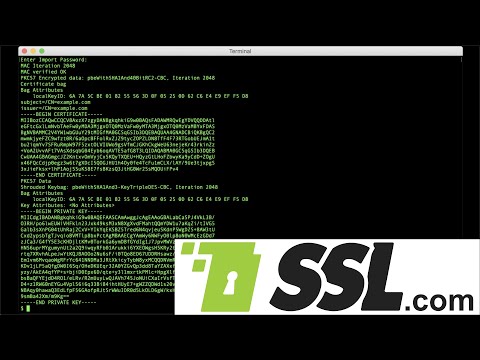
You should carefully consider your options before selecting a hosting company. Included in this list are server uptimes, security measures and customer service.
Best Web Hosting for Small Businesses
It's important to choose a web host that has the tools and features your site needs. This will help you save money and time, and keep your site up and running.
There are many web hosts that offer different options to meet your budget and needs. You should consider what you want. Included in this are storage space and bandwidth, as well as a control system and security measures.
The minimum amount of storage you need is 10GB. 50GB usually suffices for a simple small-business website. This amount will increase as your website grows.

A2 Hosting offers a secure and performance-driven hosting service that places simplicity at the forefront. Its cheapest plans feature unlimited bandwidth, free email accounts, and optimized WordPress websites. It offers a cPanel classic that is flexible and easy to use for managing business sites.
Bluehost is another excellent option for business websites that require a lot of server resources. Their Plus plan offers unlimited website resources including storage, domains and subdomains. This plan includes spam and standard performance experts as well as a Microsoft 365 free mailbox for 30 days.
HostGator, founded in 2002, is renowned for its affordable hosting solutions. It also offers a powerful web hosting solution for businesses. The customer service team at HostGator is responsive and well-informed. They also offer many helpful resources that will help you get going.
It's also a great choice for small businesses that want to build their own custom website. Using a simple drag-and-drop interface, it's possible to create a professional site without any coding skills.
DreamHost has over 20 years experience and is a great choice for companies looking for an affordable, reliable web host. They have a range of plans that are suitable for small companies and easy to handle.

A2 Hosting
A2 Hosting is the ideal option for small businesses who want to concentrate on page loading speed. It offers a number of performance-enhancing features, such as optimized Turbo plans and Anycast DNS. Its cheapest plans include unlimited bandwidth and emails, and the support staff are knowledgeable and responsive.
Hostinger is a reliable and fastwebsites.
Hostinger has a 99.9% uptime and is the perfect choice for any small business looking for reliable hosting with plenty of customization options. You can host your site in many different locations including the UK. Brazil, Netherlands. Singapore and Indonesia.
If you're looking for a hosting provider, make sure they have a good uptime record. They should also be committed to excellent customer service. Your website must be online all the time. If it isn't, you could lose customers and clients.
FAQ
How much do web developers make?
The hourly rate for a website you create yourself is $60-$80. However, if you wish to charge more, you can become an independent contractor. The hourly rate could be anywhere from $150 to $200
How to design a website?
First, you need to know what your customers want from your site. What are they looking for when they visit your site?
What kind of problems can they have if they cannot find what they want on your site?
Once you know this, you must figure out how to solve those problems. It is also important to ensure your site looks great. It should be easy to navigate.
It is important to have a professional-looking website. It shouldn't take too many seconds to load. If it takes too many seconds, people won’t be able stay as long. They will move on to something else.
It is essential to determine where all your products reside before you start building an eCommerce website. Are they all located in the same location? Are they scattered about your site?
It's important to decide if you want to sell just one product or multiple products. Do you prefer to sell one type of product, or several types?
When you answer these questions, your site can be built.
Now you need to worry about the technical side of things. What will it take to make your site work? Will it be fast enough? Can it be done quickly by people using their computers?
Can people buy things without having to pay more? Will they have to register with your company before they can buy something?
These are crucial questions you should be asking yourself. Once you know the answers to these questions, you'll be ready to move forward.
Do I hire a web developer or make it myself?
If you want to save cash, don't pay for web designer services. But if you want quality results, then hiring someone else to create your website may not be worth the cost.
It is possible to create websites without hiring expensive professionals.
If you're willing, you can learn how you can make a site that is beautiful using free tools like Dreamweaver.
Consider outsourcing your project to an experienced freelancer web developer who charges hourly instead of per-project.
How do you choose a domain name
A good domain name is vital. A great domain name will help people find your site when they search for your product.
Domain names should not be too long, difficult to remember, specific to your brand, or unique. In order to make your domain name memorable, people should be able to type it into their browsers.
These are some suggestions for choosing a domain.
* Use keywords relevant to your niche.
* Do not use (-), symbols or hyphens.
* Don't use.net or.org domains.
* Do not use words you already know.
* Avoid generic terms, such as "domain" or web site.
* Make sure it is available.
Is WordPress a CMS?
Yes. It's called a Content Management System. CMS is a way to manage your website content without having to use an application such Dreamweaver/Frontpage.
WordPress is free! Hosting is included in the price, but you don't need to pay anything else.
WordPress was initially intended to be used as a blog platform. Now, WordPress offers many different options: eCommerce sites, forums. Membership websites. Portfolios.
WordPress is simple and easy to install. The installation file must be downloaded from the website and uploaded to your server. Then, you simply visit your domain name through your web browser and log in to your new site.
After installing WordPress, you'll need to register for a username and password. Once you log in, you will be able to access your settings from a dashboard.
You can now add pages, posts and images to your site. This step may be skipped if you feel confident editing and creating content.
You can, however, hire a professional Web designer to handle the whole thing if your preference is to work with another person.
Can I create my own website with HTML & CSS?
Yes, you can! It's possible! You need to have basic knowledge in web design and programming languages, such as HTML (Hyper Text Markup Language), CSS and Cascading Style sheets (Cascading CSS Sheets). These languages allow you create websites that can be viewed by anyone with internet access.
Statistics
- It enables you to sell your music directly on your website and keep 100% of the profits. (wix.com)
- In fact, according to Color Matters, a signature color can boost brand recognition by 80%. There's a lot of psychology behind people's perception of color, so it's important to understand how it's used with your industry. (websitebuilderexpert.com)
- It's estimated that chatbots could reduce this by 30%. Gone are the days when chatbots were mere gimmicks – now, they're becoming ever more essential to customer-facing services. (websitebuilderexpert.com)
- Studies show that 77% of satisfied customers will recommend your business or service to a friend after having a positive experience. (wix.com)
- At this point, it's important to note that just because a web trend is current, it doesn't mean it's necessarily right for you.48% of people cite design as the most important factor of a website, (websitebuilderexpert.com)
External Links
How To
How can I start as a UI Designer
There are two ways to become a UI designer:
-
You can earn a degree in UI Design by going to school.
-
You can start freelance.
To go to school, you will need to enroll in college or university for four years. This covers art, business, psychology, and computer science.
You can also enroll in classes at state universities or community colleges. Some schools offer programs for free, while others require tuition fees.
After graduating, you'll need to find employment. If you choose to work for yourself, you must build your client base. Networking with other professionals is important so that they know you are there.
Internships are also available at web application development companies. Many companies hire interns to gain work experience before hiring full-time workers.
Once you have built up a portfolio of your work, it will help you land more jobs. Your portfolio should contain your work samples and details of the projects you worked on.
It's a smart idea for you to send your portfolio by email to potential employers.
As a freelancer, you will need to market yourself. Advertise your services on job boards such as Indeed, Guru, Guru, and Upwork.
Freelancers receive assignments often from recruiters who post open positions online. These recruiters look for qualified candidates to fill specific positions.
These recruiters provide candidates with a project description that details the position's requirements.
A freelancer is not required to sign a long-term contract. If you want to move ahead, it's best to negotiate an initial payment.
Many designers prefer working directly for clients and not through agencies. Although this may seem appealing, many people lack necessary skills.
Agency workers often have extensive industry knowledge. They have access the right training and resources to ensure they produce high-quality results.
Aside from these benefits, agency workers are often paid a higher hourly pay.
One downside to working through an agency is the inability to have direct contact at work with the employer.
Being a successful UI designer requires you to be self-motivated, creative.
Excellent communication skills are also required.
UI designers are responsible to design websites using user interfaces (UI) as well as visual elements.
They are also responsible for ensuring that the site meets the needs of its users.
This involves understanding the information users need and how to make your site work.
UI designers use various tools to create wireframes. Before beginning to design, they use wireframing.
Wireframe templates are available online, making it easy for anyone to create their own wireframes.
Some designers only focus on UI design. Others combine UI and graphic design.
Photoshop is used by graphic designers to edit images.
To create pages and layouts, they then use Adobe InDesign.
Photographers capture images using digital cameras or DSLRs.
Then, they upload the photos to a photo editor program, where they add captions and filters.
After taking the photo, the photographer saves it in a file format that is compatible with the website.
It is important to take into consideration all aspects of the design process when building a website.
This includes research, planning and prototyping.
Research - It's essential to conduct thorough research before starting a new project.
Planning - After you have completed your research, it's time to start creating a plan.
Wireframing - A wireframe is a preliminary sketch of a web page or application.
Prototyping – Prototypes are used to verify that the final product is consistent with the original vision.
Testing - Multiple rounds of testing should be done on the prototype to make sure it works properly.
Coding: Coding is the process of writing code for computers.
Content Creation – Content creation includes everything, from the writing of copy to managing social networks accounts.
Publishing involves uploading files to a server, and making sure the site is accessible.
You'll need to be able to understand the different projects you work on as a freelance UX/UI Designer.
One example is that some companies only need wire frames, while others need complete prototypes.
Depending on the type of project you accept, you may be asked to complete specific tasks.
For instance, if your job is to create wireframes you might have to make several over the course of time.
You may need to develop a functional version of the site if you are hired to build a prototype.
It doesn't matter what kind of project it is, strong interpersonal skills are essential.
Since most clients hire freelancers based on referrals, you must build solid relationships with potential employers.
In addition, you must be able to communicate effectively both verbally and in writing.
Portfolios are an essential part of any freelancer’s toolbox.
It showcases your work, and demonstrates your ability deliver high-quality outcomes.
This can be done online by creating a portfolio.
The best way to get started is to find websites similar to yours.
These sites can be searched to determine which services they offer.
Once you have determined the best practices for you, you can begin to adopt them.
You can also include links to your portfolio in your resume.